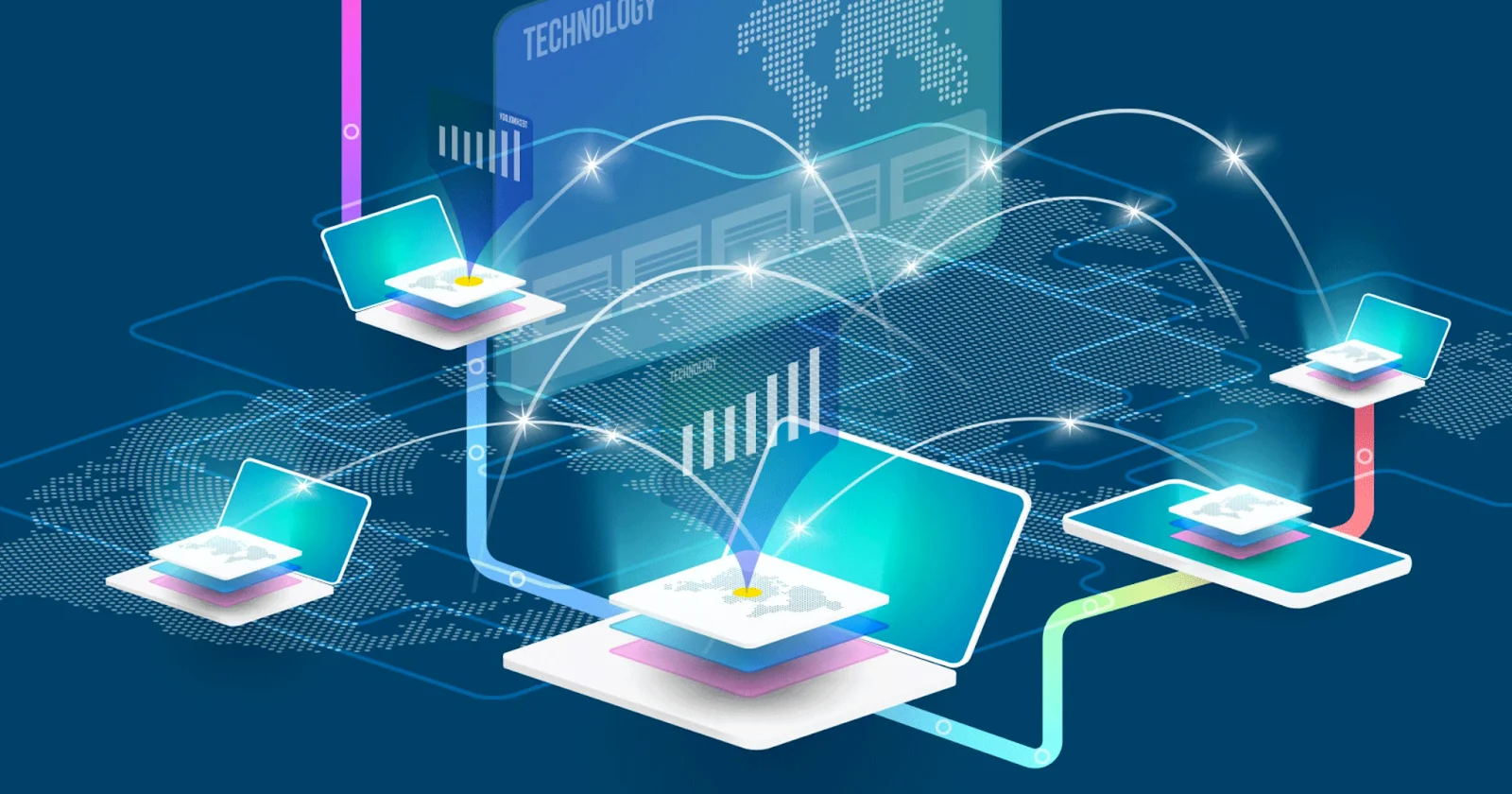
Decentralized applications, or dApps, are new types of software that run on a global network of computers instead of one central server. This makes them more secure and resilient against attack, as well as more accessible to users anywhere in the world. In this guide, we’ll show you the overall steps of how to make a decentralized app. Let’s get started!
Users can engage with a smart contract using any software with a recognizable user interface, including the web, desktop, mobile, and other software. One requirement that frequently bothers clients is that in order for a dApp to function, they must connect a crypto wallet.
You can create a decentralized application by connecting any common user interface to a smart contract so that user inputs can cause the smart contract to respond in multiple ways. For dApps that are only used for transactions, it is already sufficient.
You still need a server-based back end if you want to create a decentralized app that gives users the ability to perform tasks beyond simple transactions.
You will keep user information there since it cannot fit on a chain, such as their profile information. You will also see statistics and analytics on your dApp performance there. In other words, it’s going to be the centralized counterpart to your decentralized dApp.
Decentralized oracles are a necessary component if your smart contract depends on outside data. Oracles that are decentralized operate like chain nodes. Before transmitting any information to a smart contract, they must come to an agreement about it.
If you want to create a cross-chain decentralized application, you must choose one or more blockchains because smart contracts depend on them. Founders typically decide to build their dApp on Ethereum, however, smart contracts are also supported on other networks.
Be aware that because blockchain transactions are not immediately completed, calling a smart contract function from a user-facing UI takes some time. To show consumers their activity is still being processed until it is verified on the chain, it is a good idea to integrate some form of animation onto the front end.
If you’re developing Ethereum dApps that require enormous data storage, want to run reports, or have any other functionality that isn’t possible with on-chain transactions, you’ll need a web solution on a private server.
Such an admin portal will connect to smart contracts and front-end customer applications to provide extra features to you as a business owner (to control your dApp) and users.
When it comes to how to make a decentralized app, you should begin testing your dApp as soon as possible while it is still in development, just like you would with any other app development project. Each new build is subject to a rigorous QA process.
This entails putting a smart contract to the blockchain, moving your back-end portal to a live production environment, and publishing mobile apps to the App Store and Google Play.
Maintenance is more of a continuous activity. You will still need to make modifications to the front end even though the smart contract will remain the same because it is a blockchain application that is resistant to changes.
If you are interested in learning more about how to make a decentralized app or want us to help create your own, please contact us. Our team of experts will be happy to assist you with all your needs. Thanks for reading!
Increased acceptance and knowledge sharing have aided the spontaneous growth of cryptocurrency over the last…
Blockchain can be intimidating to research, but attending cryptocurrency events is one of the best…
Blockchain has made inroads into all major industries and is also becoming a part of…
In recent years, blockchain lending solutions have grown in popularity as a way to earn…
The scalability trilemma is still one of the blockchain's most pressing issues. Here are some…
Many people are looking for ways to get involved in the crypto world as the…